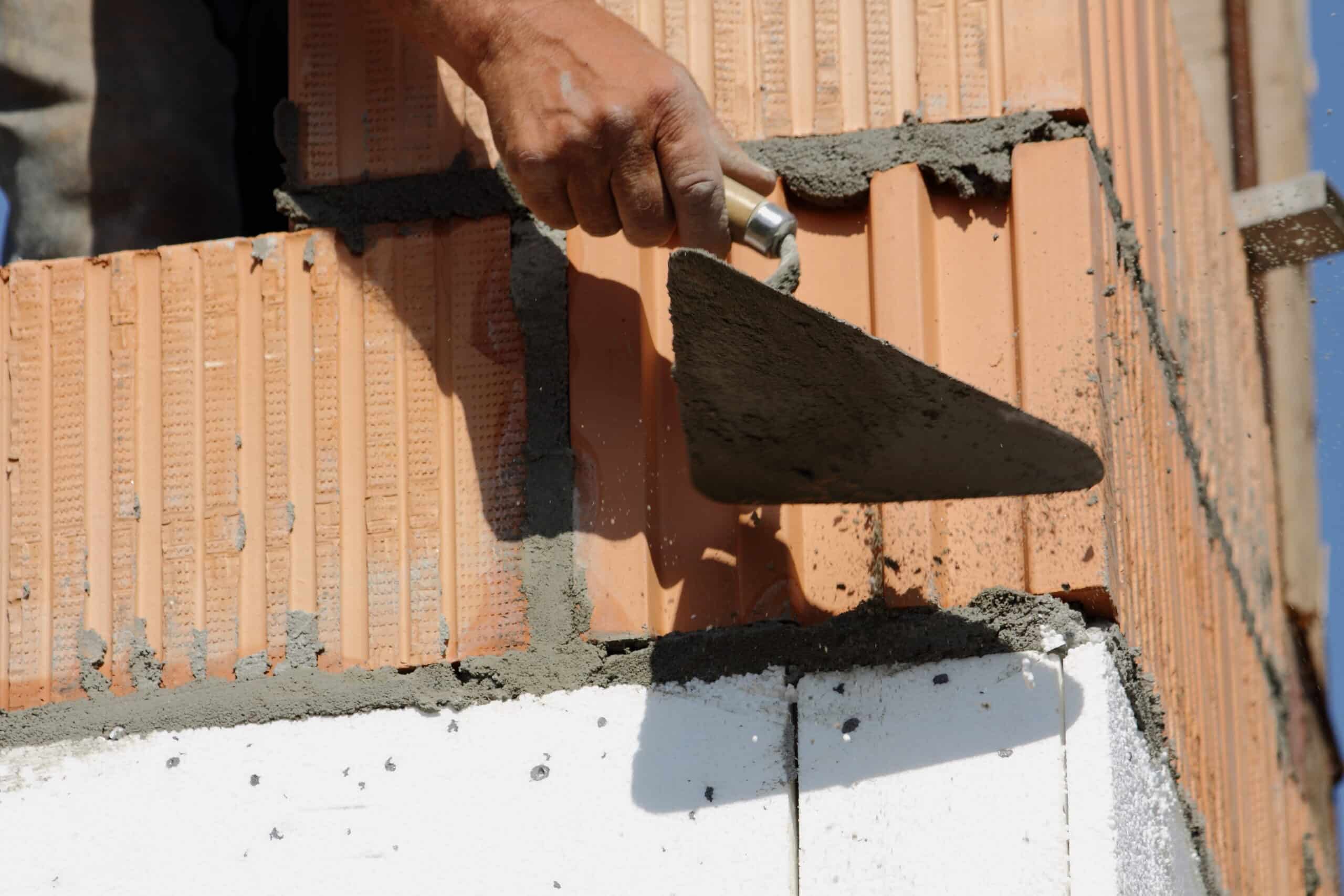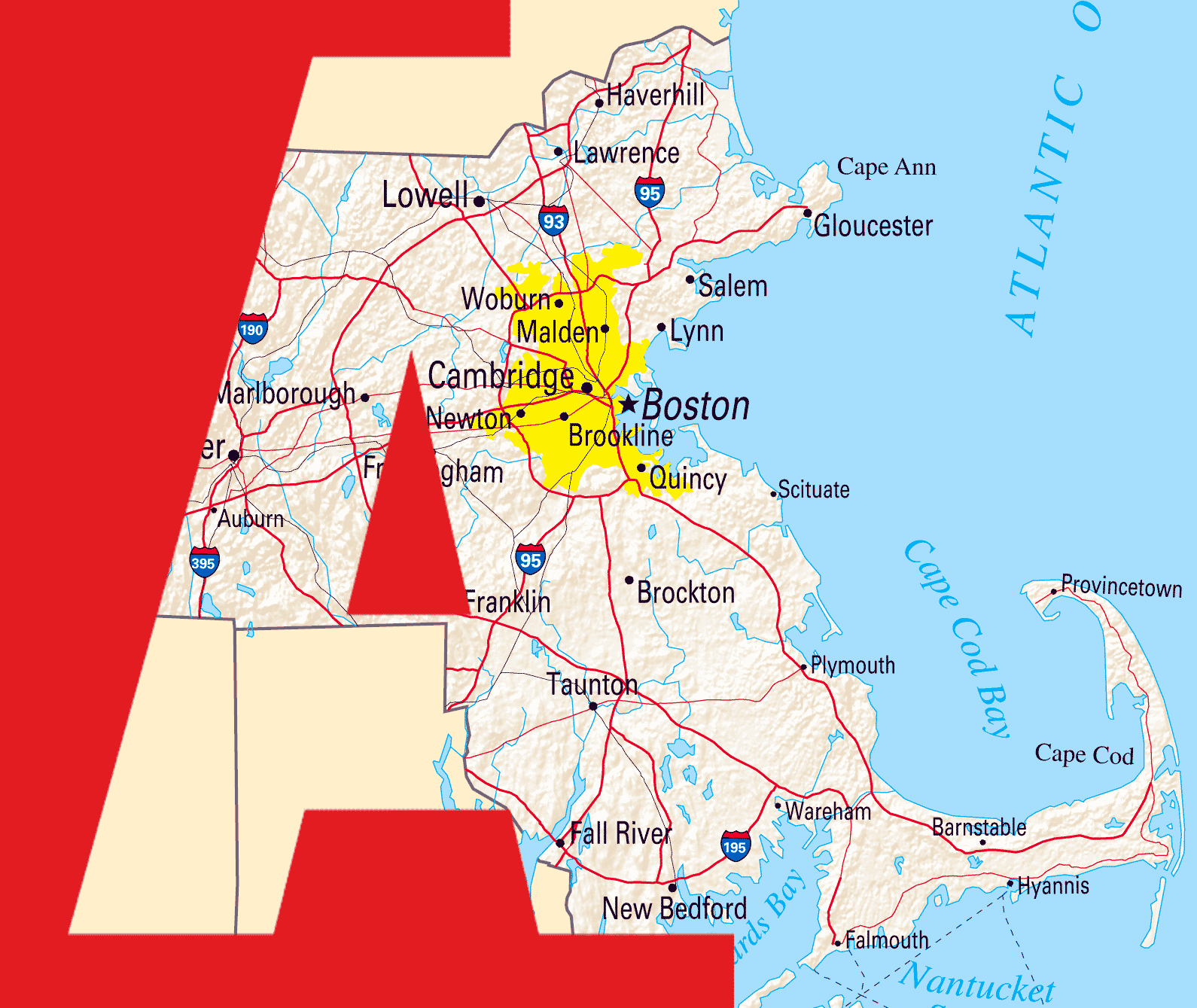After our team at Abbot Building Restoration completes a project, we want to ensure our work stays intact for as long as possible. An essential part of protecting our masonry restoration work in MA is keeping the wall cavities clean. Water, dirt, and debris can get into the nooks and crannies of building masonry, causing damage and wear. To preserve our restoration work for as long as possible, our team builds in features that help keep wall cavities clean and protect the masonry.
Our masonry restoration work in MA doesn’t end when we finish a project. Here’s how we ensure wall cavities stay clean.
Add a Drainage Wall
Including a drainage wall creates a path for water that enters the cavity of the masonry to flow to the exterior. The source of the water may be rain driven by wind or condensation that forms inside the cavity. Whatever the source, the water needs to escape the masonry to prevent damage. Properly installed flashing and weep holes in a drainage wall allow water to escape and prevent more water from penetrating the masonry. The cavity in the drainage wall must also be clear for it to perform its intended function.
Prevent Mortar Bridging
Mortar bridging occurs when protrusions span the cavity within the wall. These “bridges” form when mortar droppings (excess mortar) build up inside the cavity. The mortar then blocks the weep holes, preventing water from escaping. Trapped water can penetrate the mortar, leading to cracking, spalling, and other water damage. To reduce the possibility of mortar bridging, we ensure the wall cavity is at least 2 inches. However, no matter the size of the cavity, the best way to reduce mortar bridging is to make a deliberate effort to eliminate mortar droppings.
Reduce Mortar Droppings
A clear sign of lazy construction is a lot of mortar droppings inside the wall cavity. Even a single mortar dropping covering a weep hole can mess up the drainage system. There are several ways to reduce blockages from mortar droppings. These methods include covering the bottom flashing with a porous material (such as pea gravel) or using drainage fabrics. While these measures will help, there is no substitute for a concerted effort to keep the cavity clear. We are careful to spread mortar so that it is beveled or sloped away from the cavity.
Masonry Restoration MA | Abbot Building Restoration
Our team at Abbot Building Restoration does the best masonry restoration work in MA. We have restored historic buildings to retain the classic character of Boston and the surrounding area.


